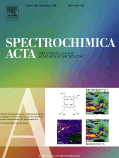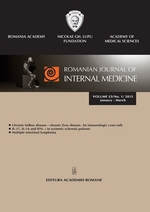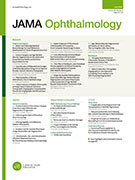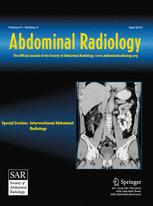 A spectroscopy journal has retracted a 2016 study after concluding that its editors had been misled by a fake review.
A spectroscopy journal has retracted a 2016 study after concluding that its editors had been misled by a fake review.
According to the retraction notice, the journal — Spectrochimica Acta Part A: Molecular and Biomolecular Spectroscopy — accepted the paper due to positive feedback from someone assuming the identity of an expert reviewer, using an email address provided by the author of the study.
An official from the author’s institution in Turkey informed us that it will conduct an investigation.
Here’s the retraction notice for “Diagnosis of cervical cancer cell taken from scanning electron and atomic force microscope images of the same patients using discrete wavelet entropy energy and Jensen Shannon, Hellinger, Triangle Measure classifier:” Continue reading Peer review manipulation fells another study




 As
As  A JAMA journal has quickly issued a correction for a 2016 paper after the author failed to mention several relevant conflicts of interest. Normally, we’d see this as a run-of-the-mill correction notice, but since we reported last week that a
A JAMA journal has quickly issued a correction for a 2016 paper after the author failed to mention several relevant conflicts of interest. Normally, we’d see this as a run-of-the-mill correction notice, but since we reported last week that a 

